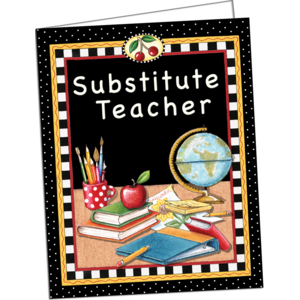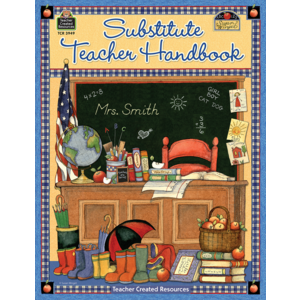Considering that teaching is often a very taxing job, all teachers could use a survival kit. A survival kit will remind us why we chose to be teachers. Here are some items to include in your kit:
(Note: Phrases taken from a poem by an unknown author):
- A pencil so you can write down your blessings
- A piece of chewing gum to help you remember to “stick with it”
- An eraser to help you remember, everyone makes mistakes, even teachers
- A candy kiss to help you remember that we all need hugs now and then
- A toothpick to remind you that you can pick out the good things in anyone
- A smiley face to help you remember a smile takes less muscles than a frown
- A seed to remind us that things grow and mature and things can change
Teacher “Picker-Upper”
Sometimes teachers need a bit of pepping up. Try this idea for a teacher friend. Obtain several medium-size empty pill bottles from the local pharmacy. On a large adhesive label, write the “prescription” below for a teacher friend or other co-worker. Paste it to the pill bottle. Fill the bottle with some type of small candies. Place it on a friend’s desk or in his or her mailbox. Just the idea will help brighten the day!
RX# 12345 100 mg
Dr. (your name) For: (Whomever)
Directions: Whenever you are feeling down in the dumps, take one or two of these for an energy boost. Refill as necessary.


